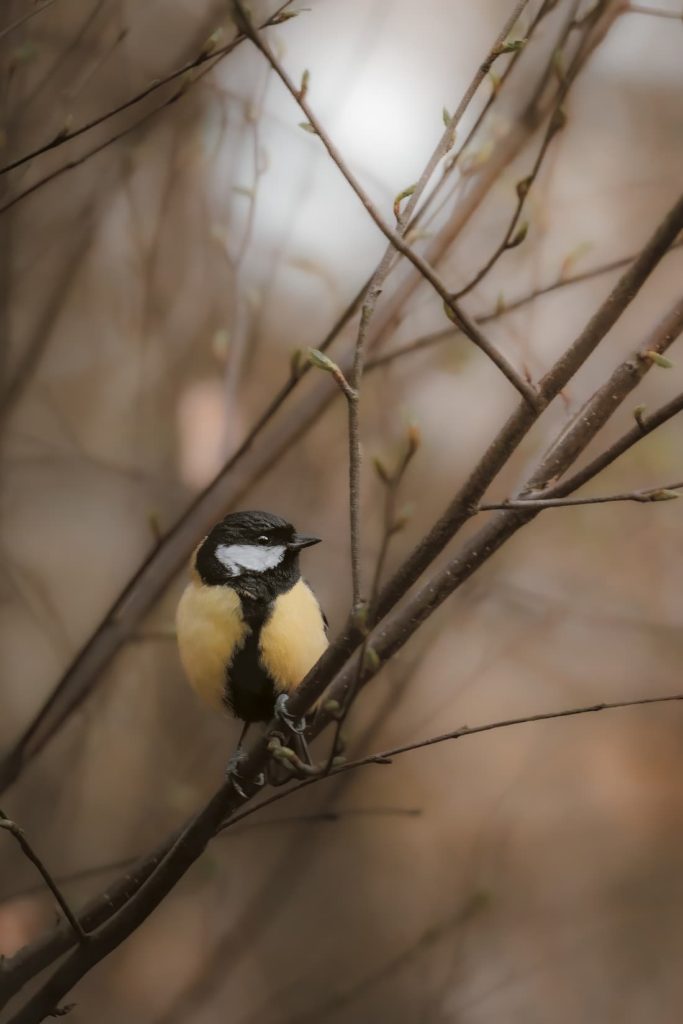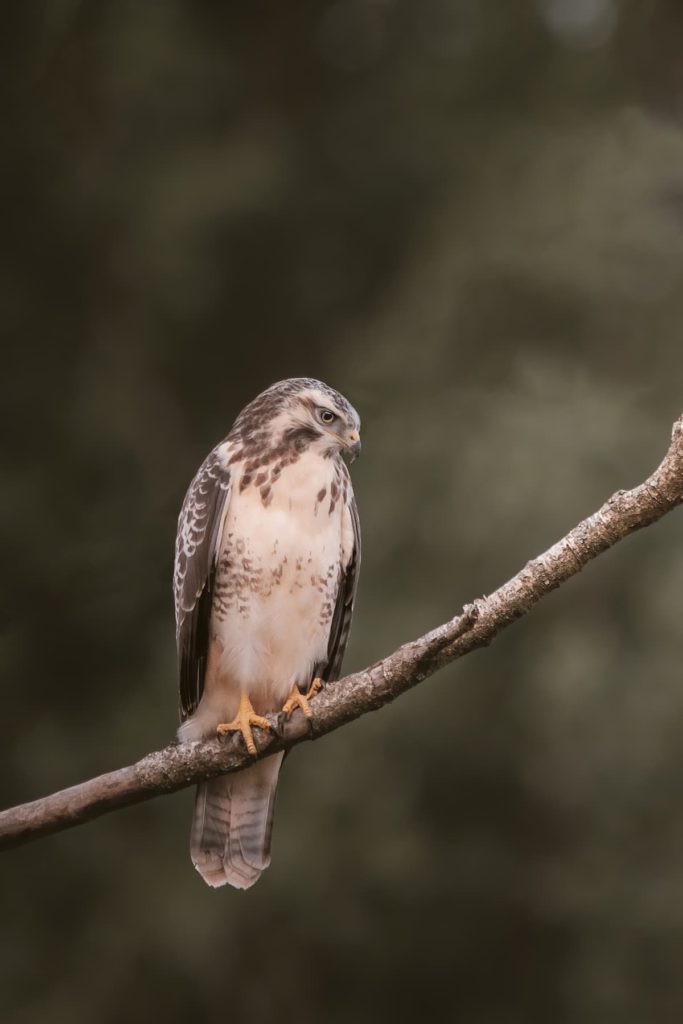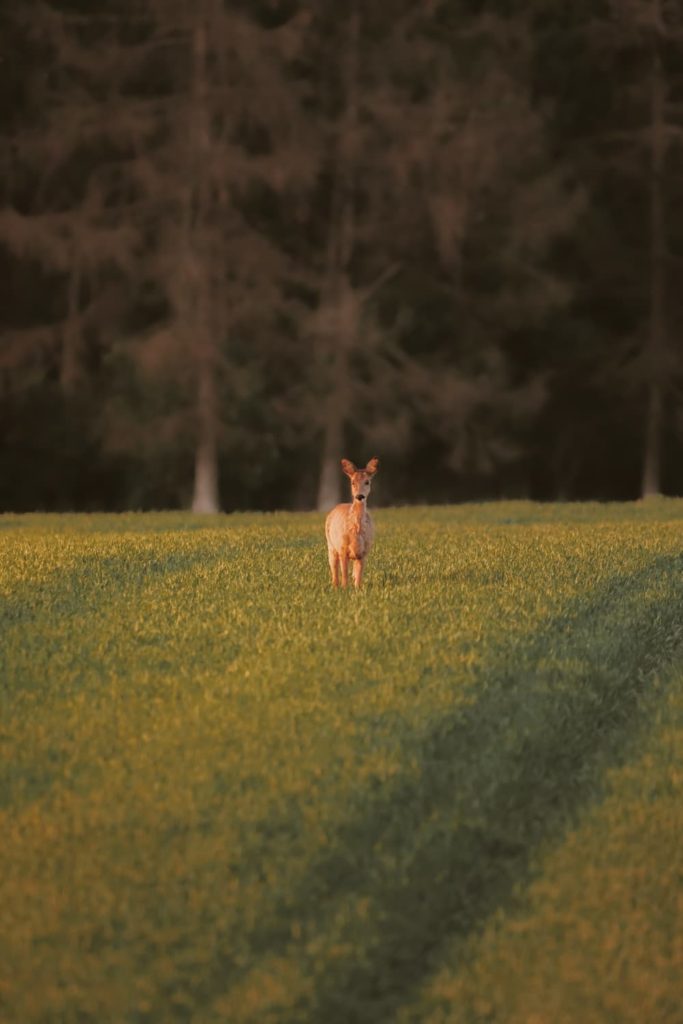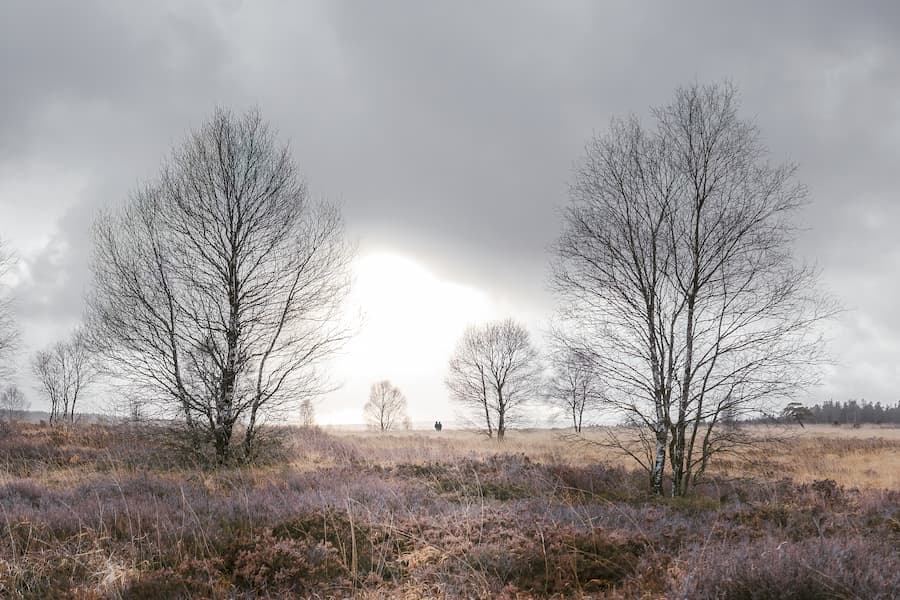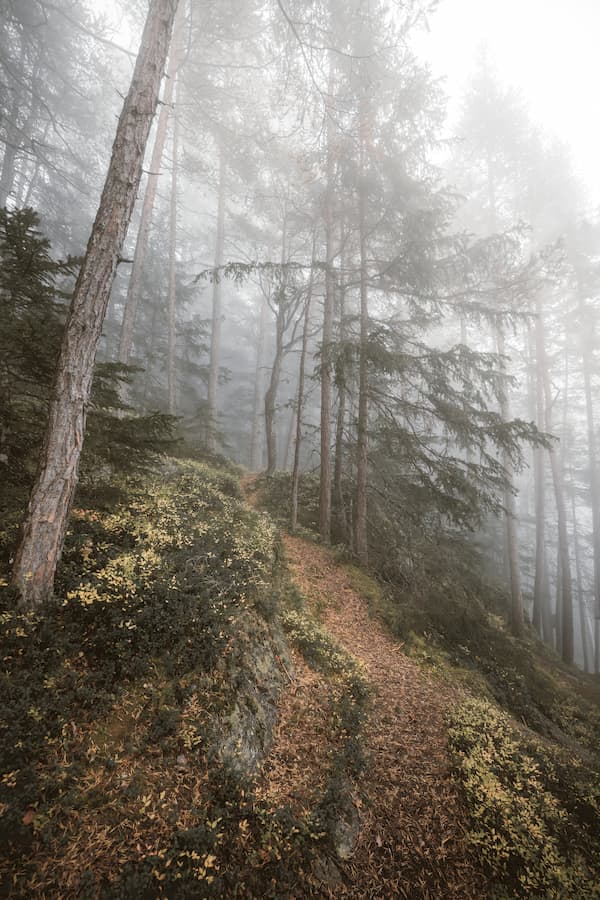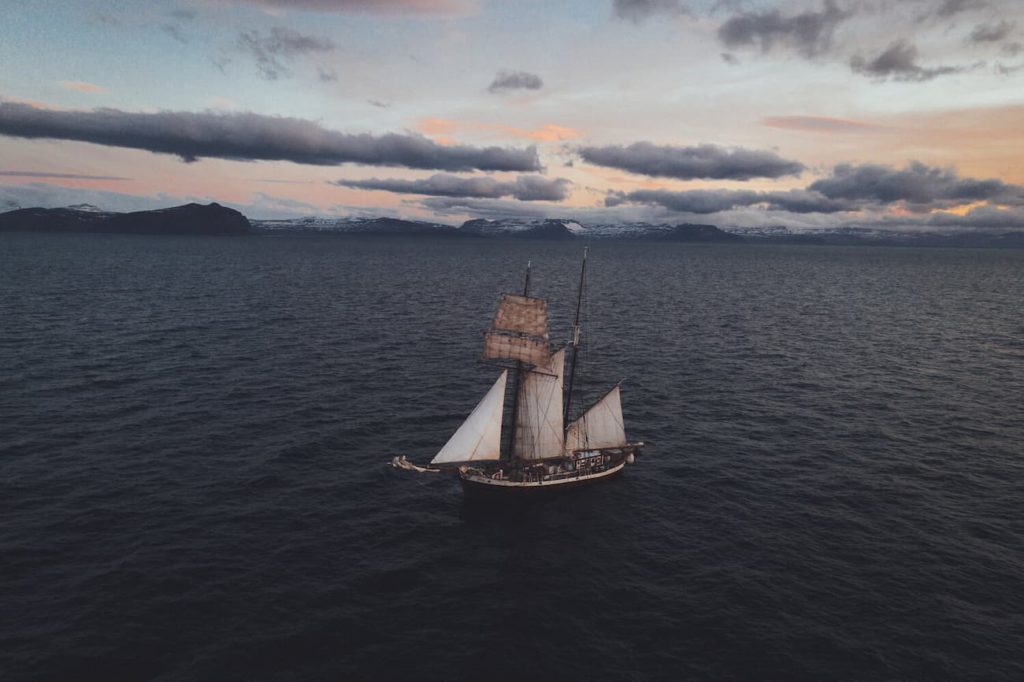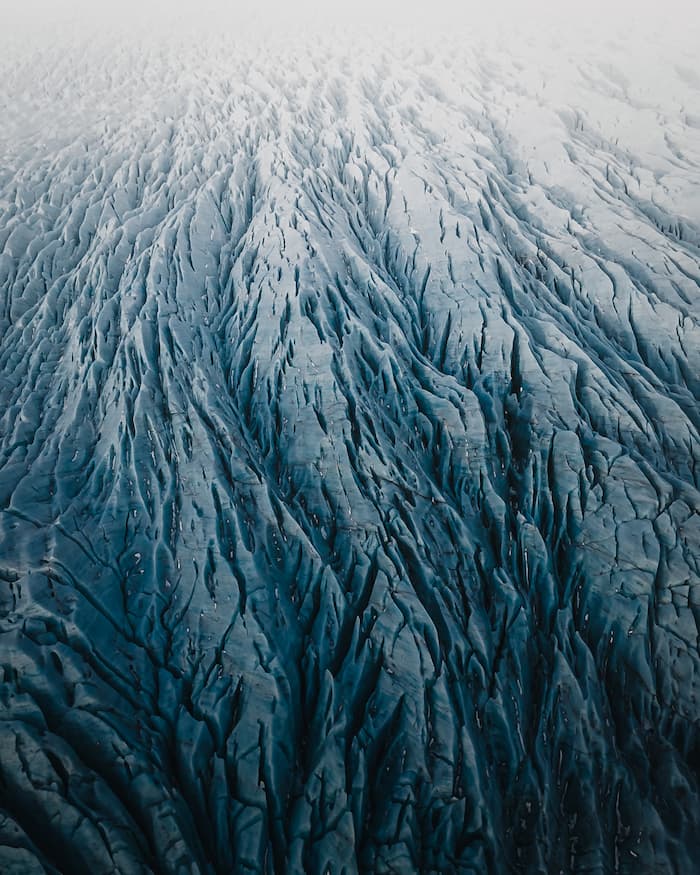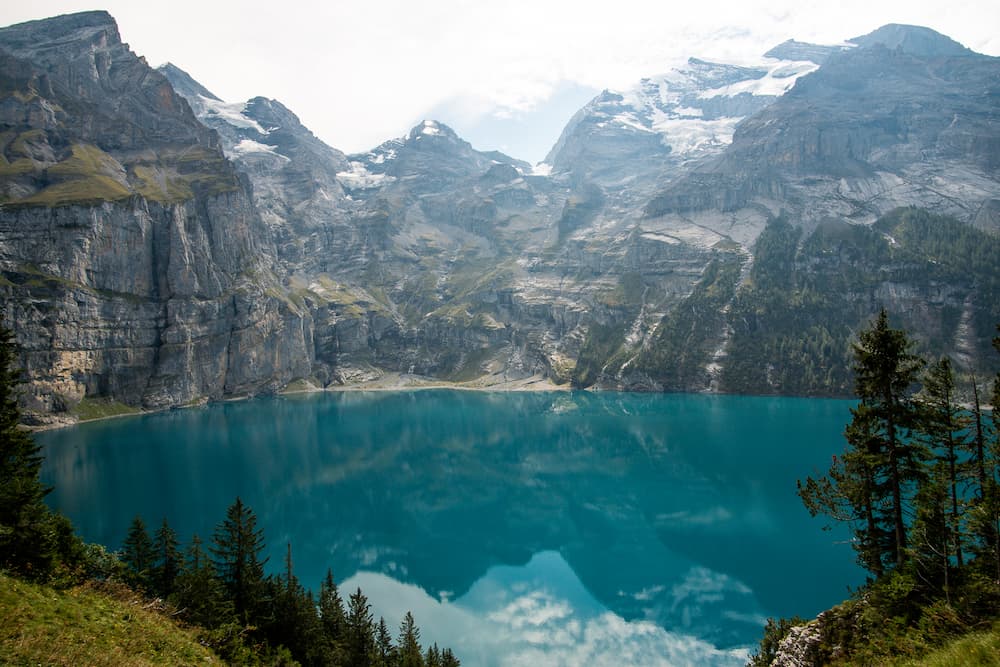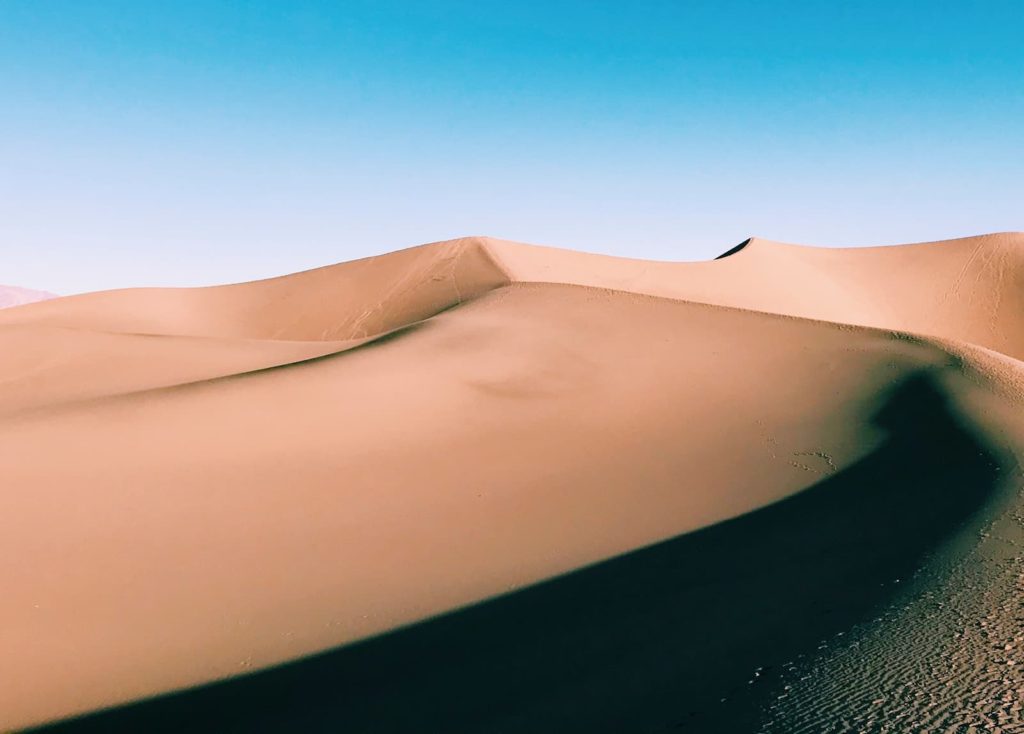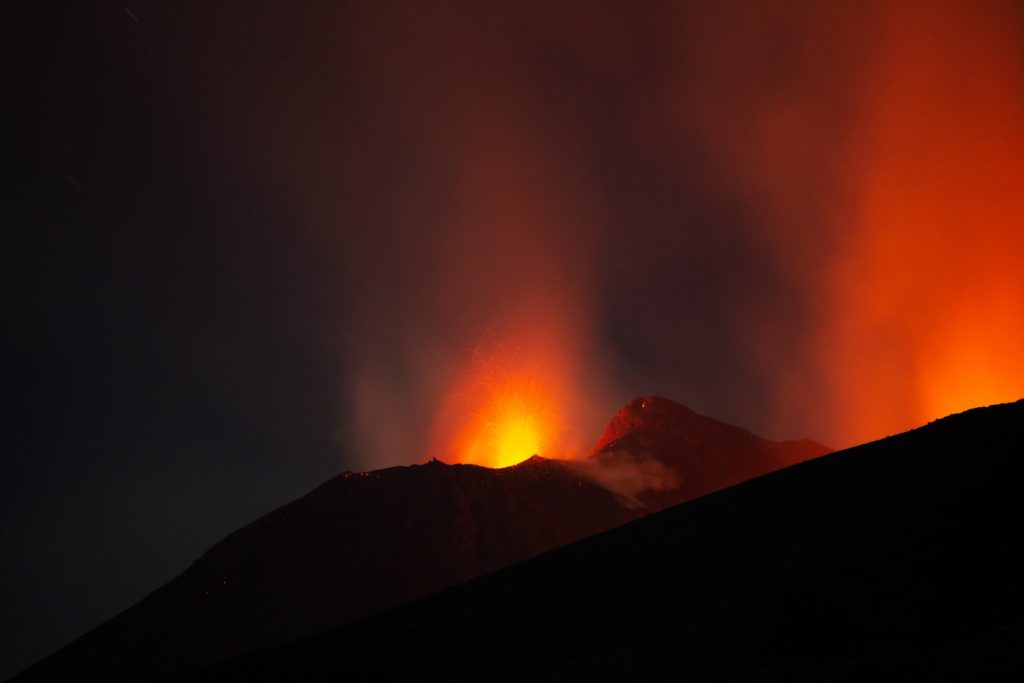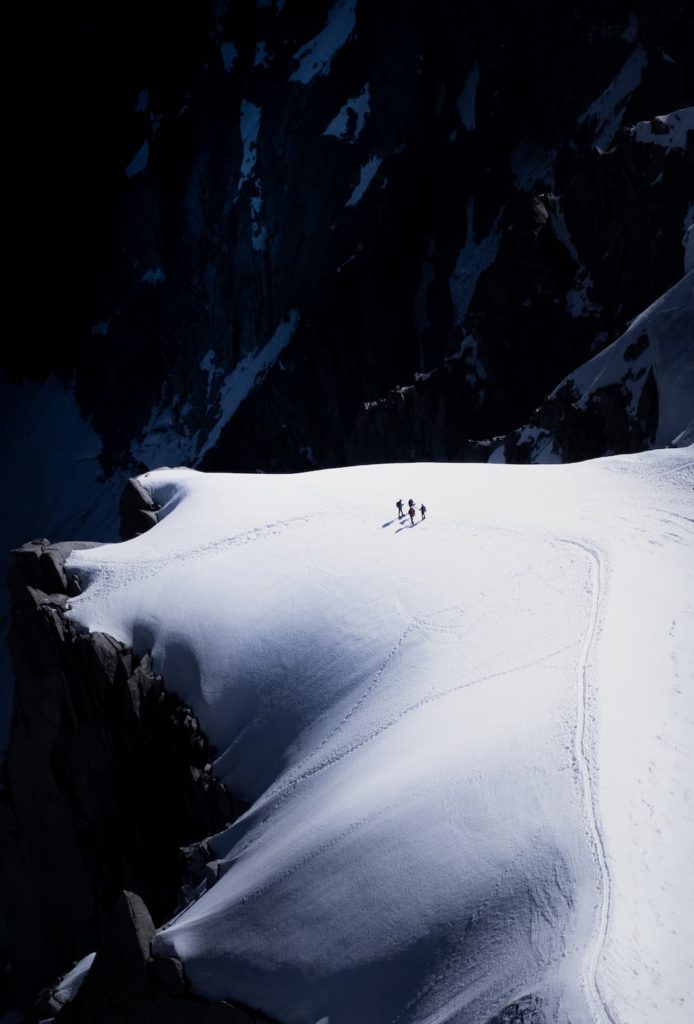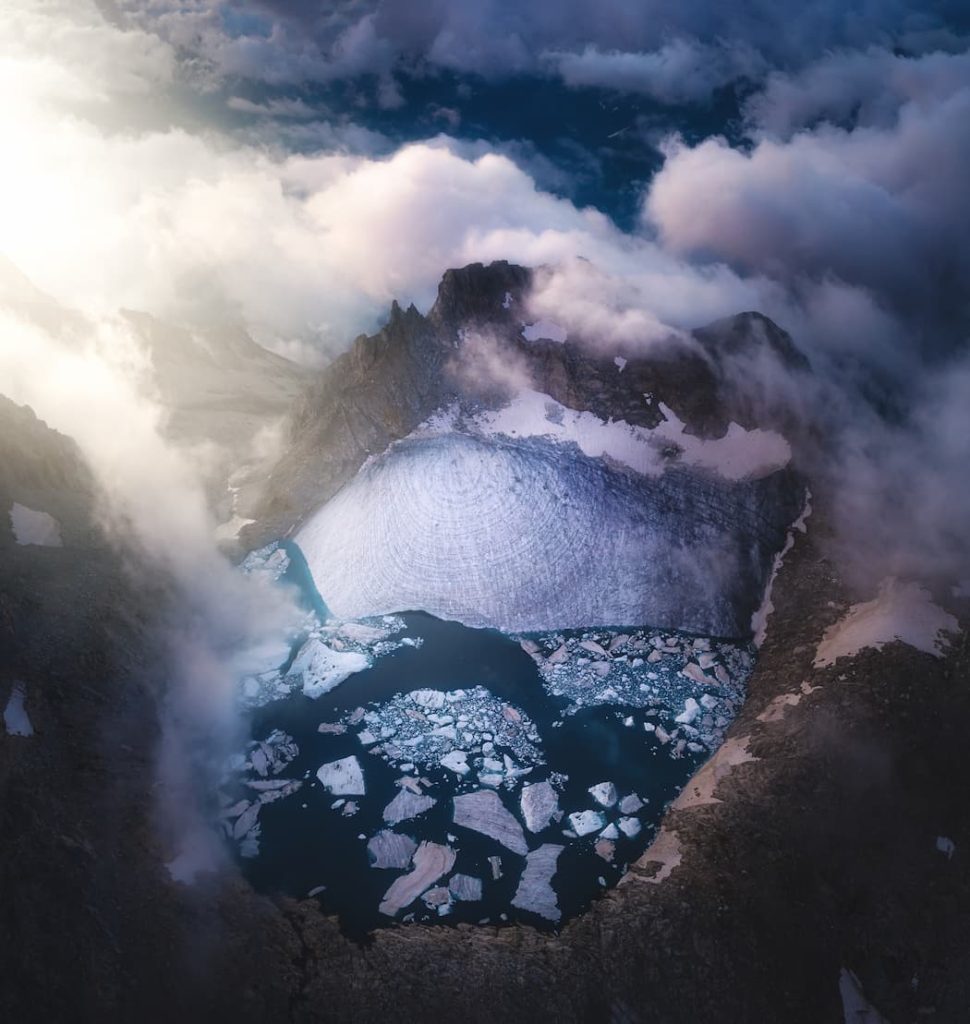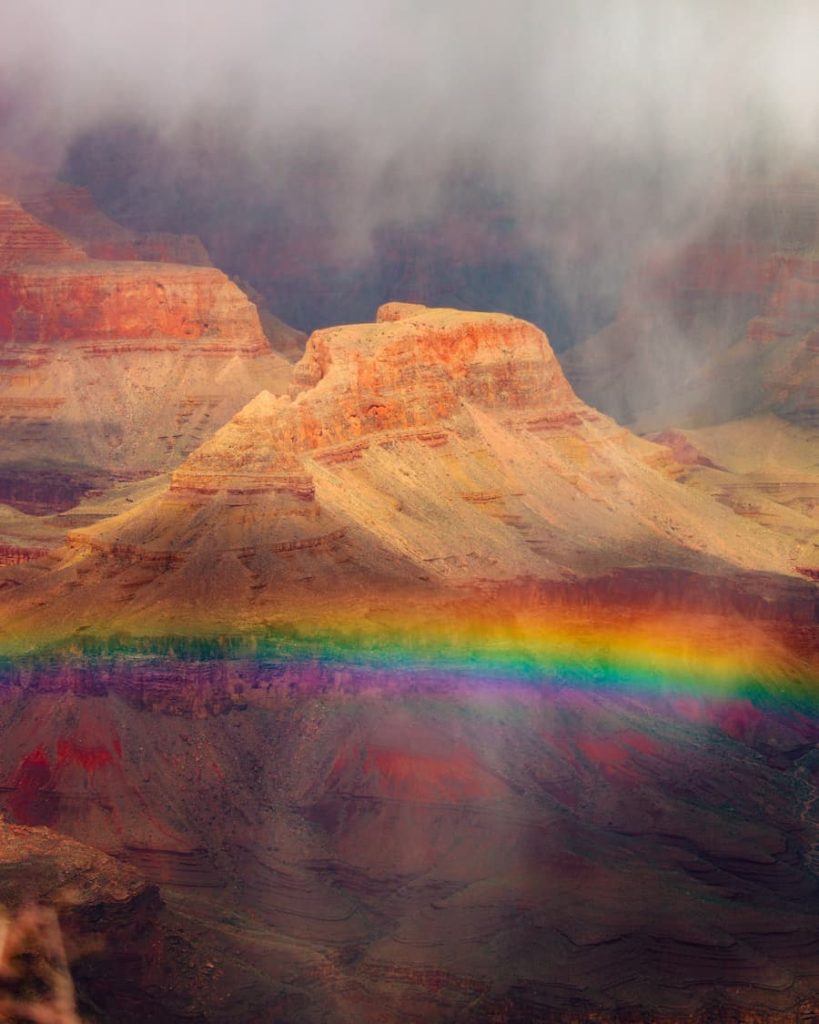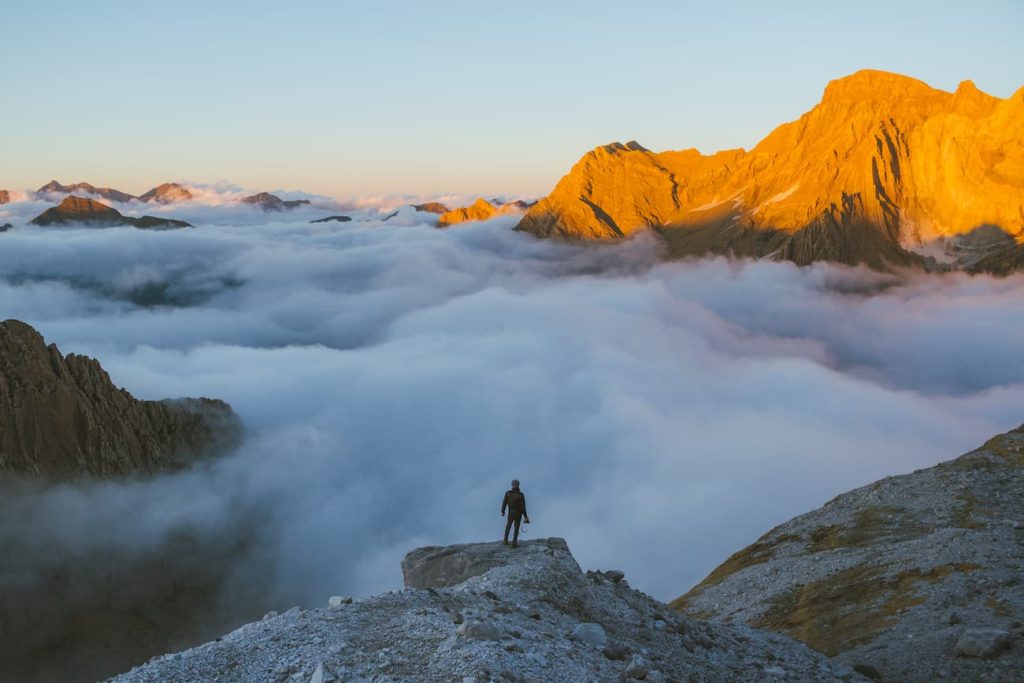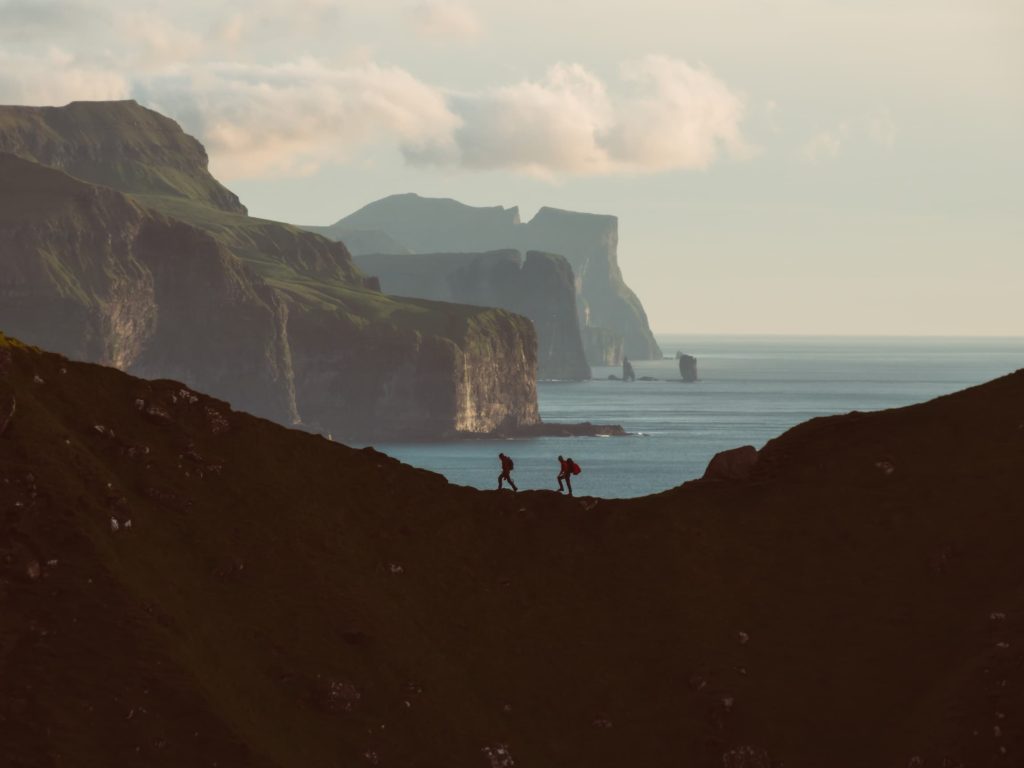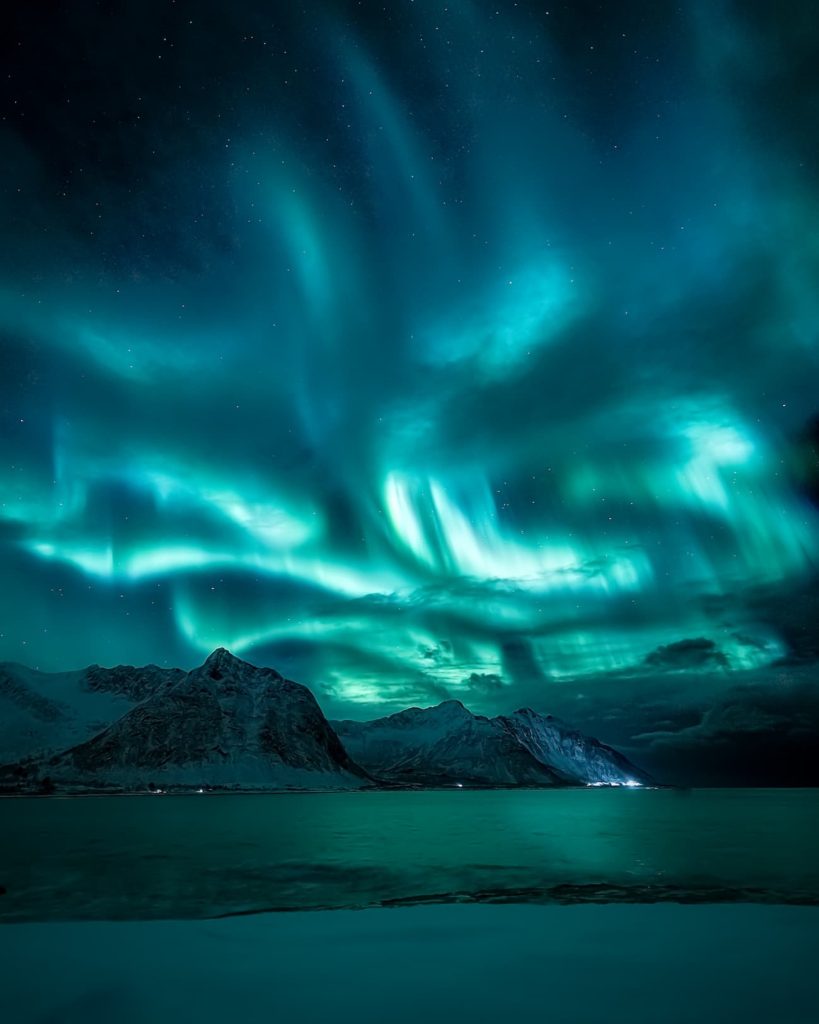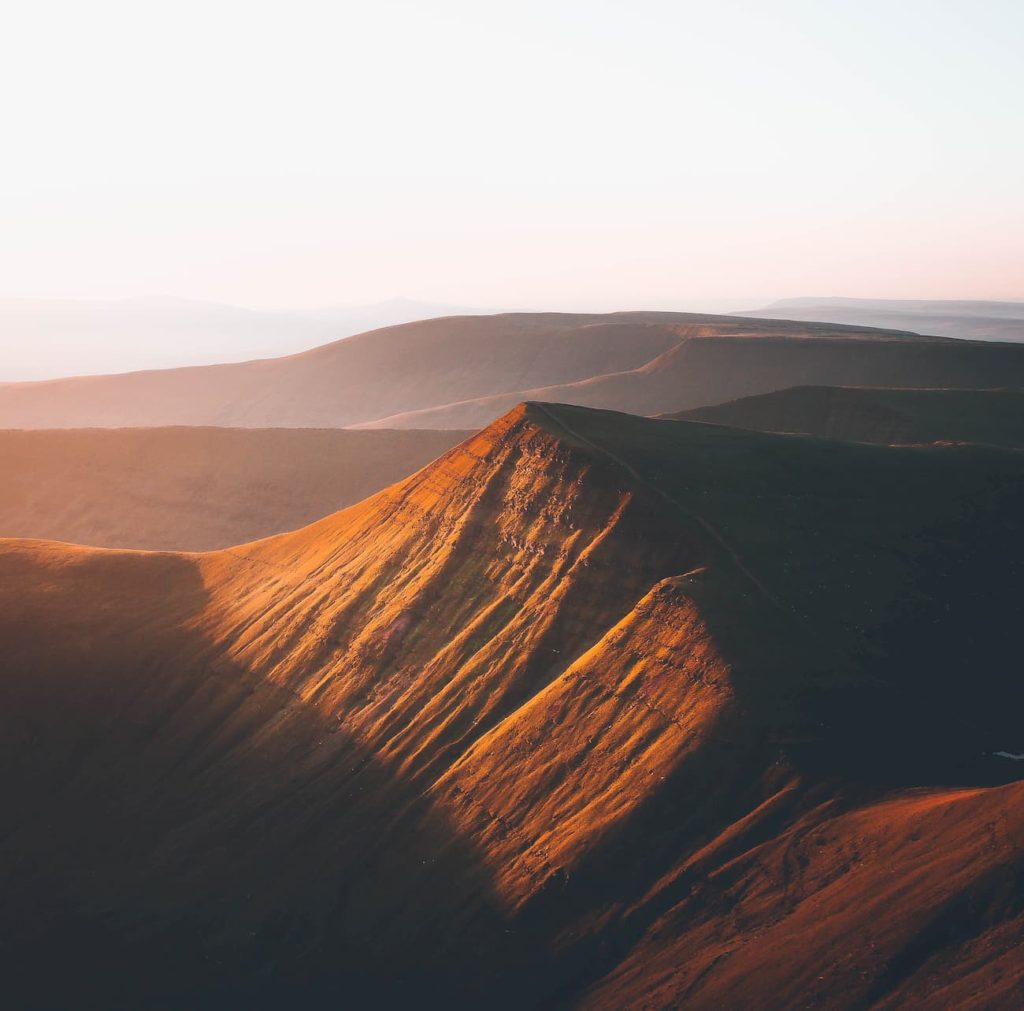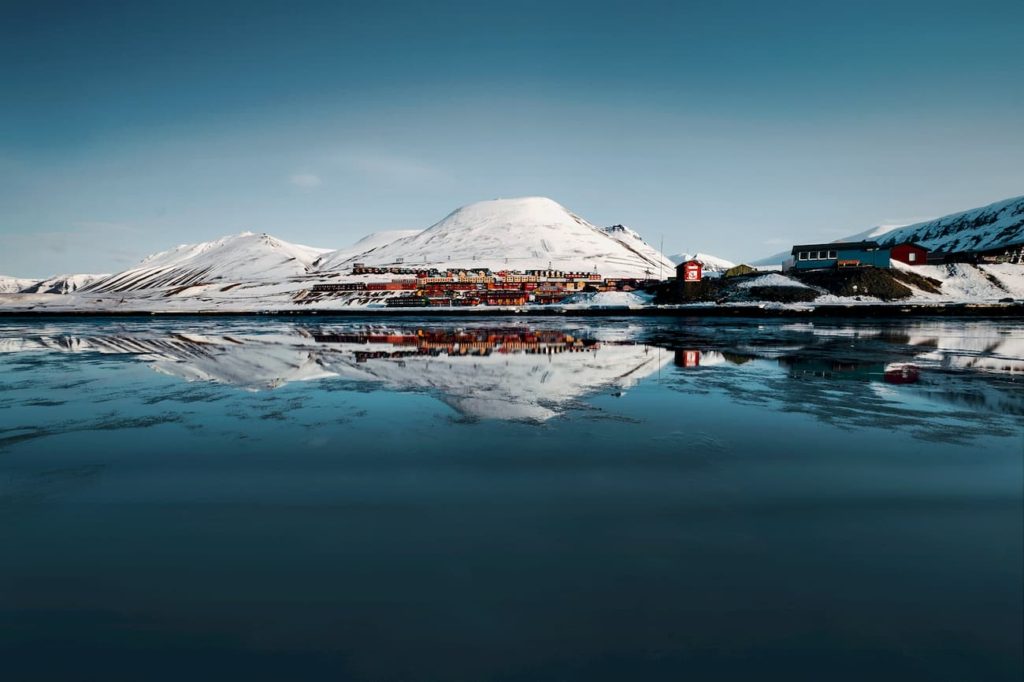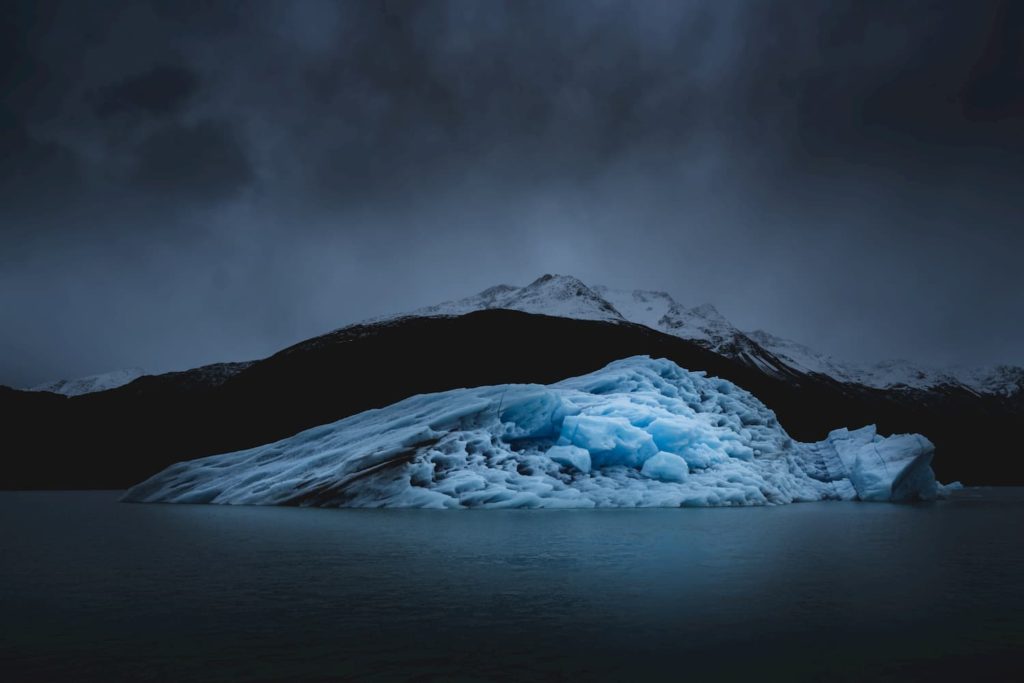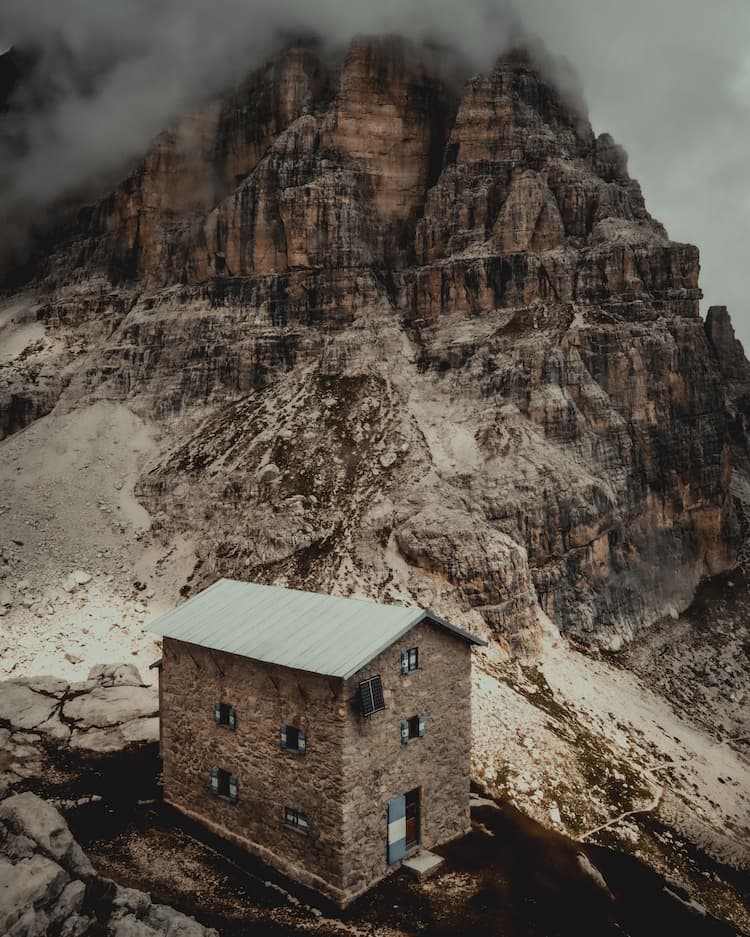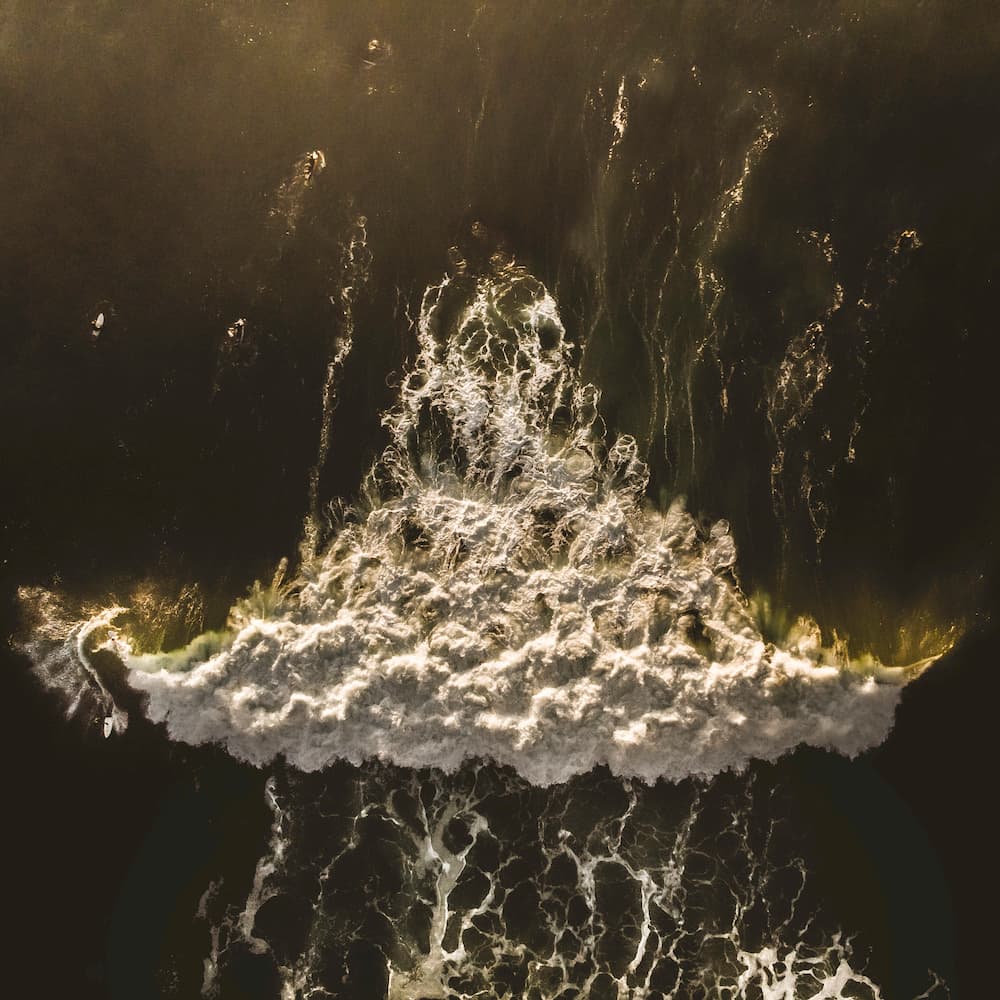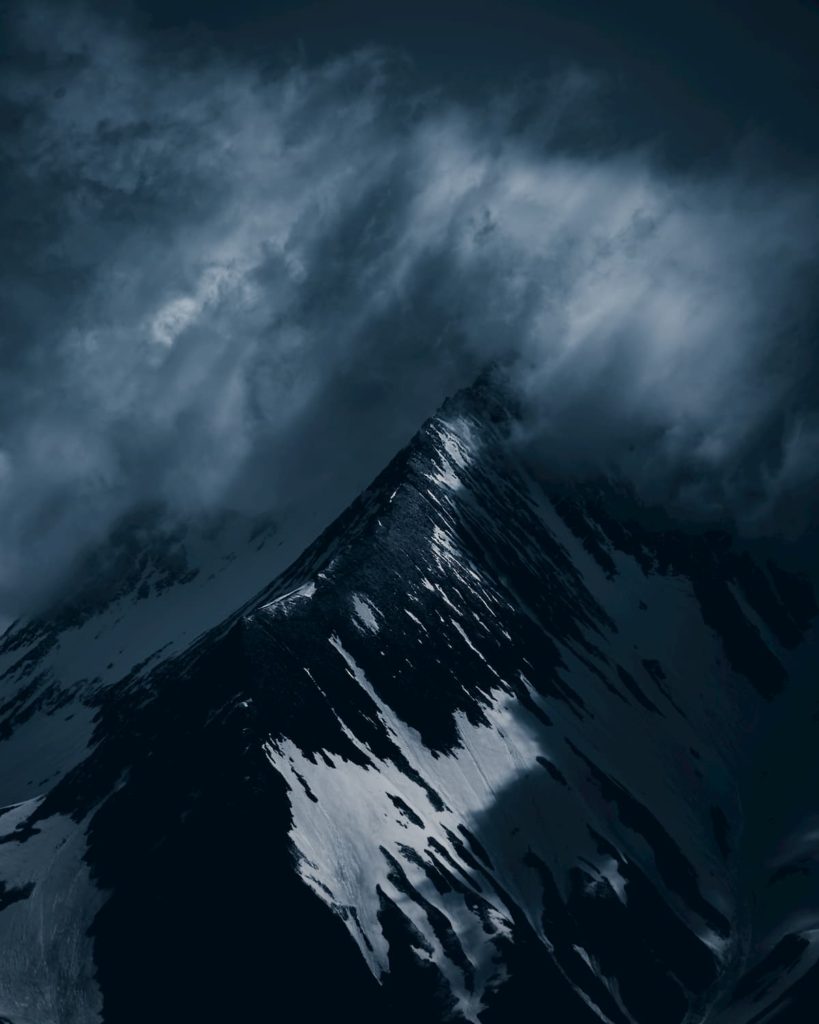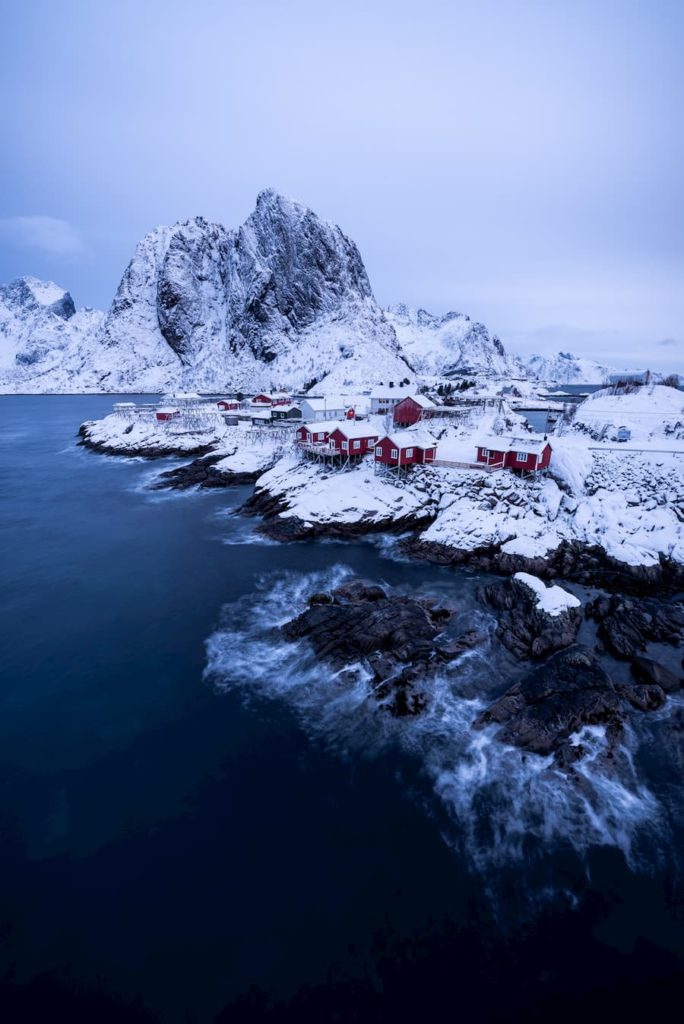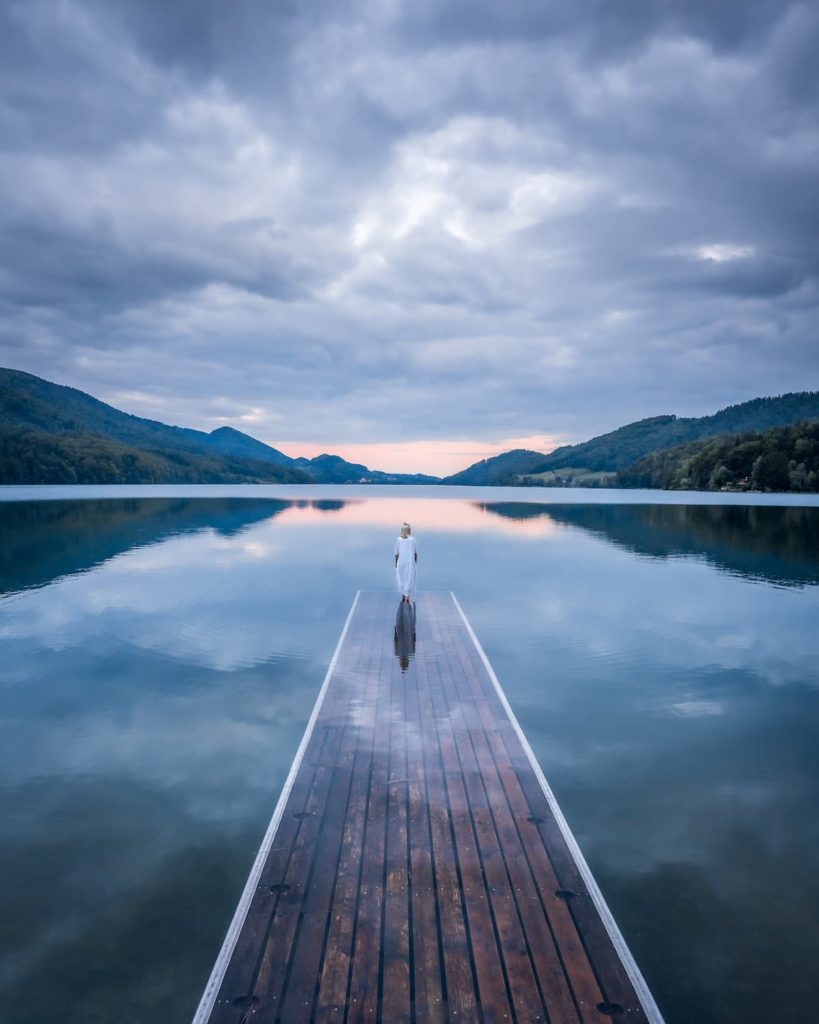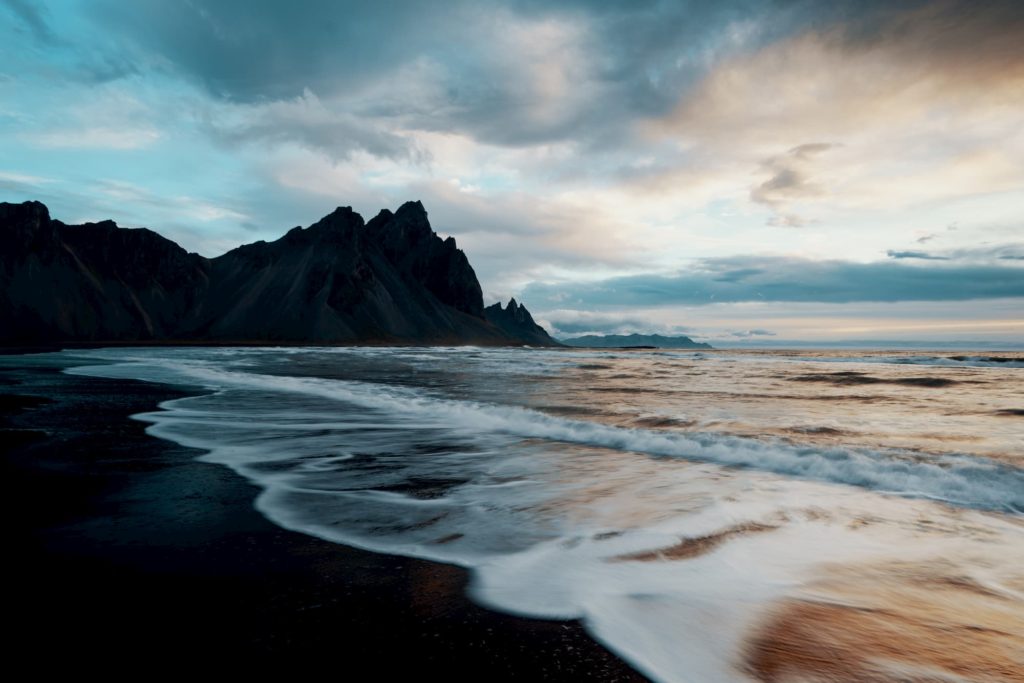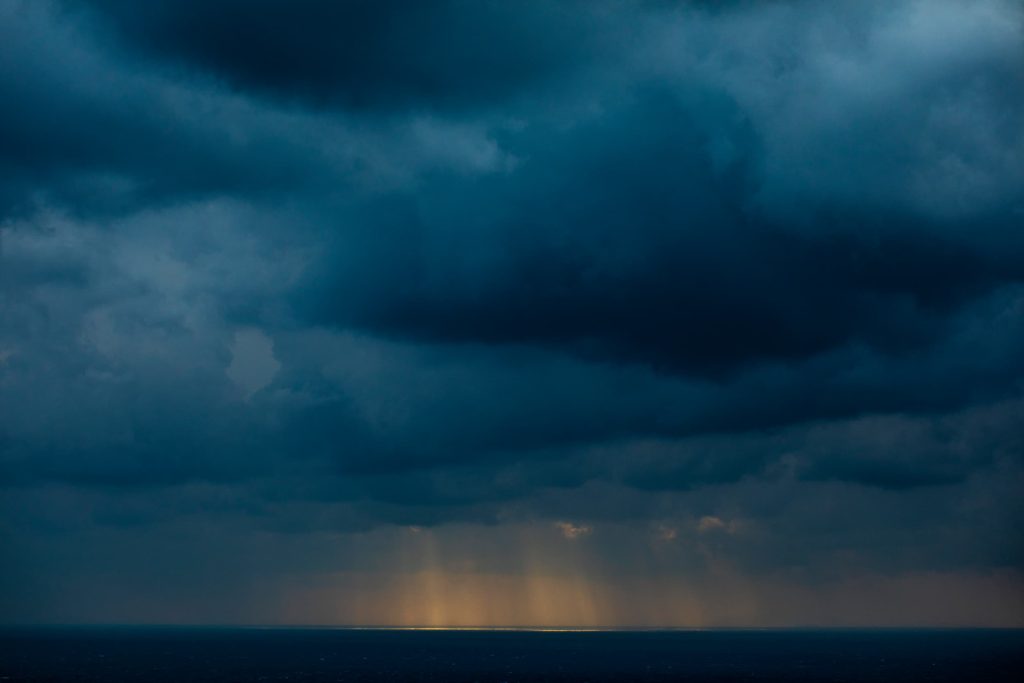
Thomas Frenken
@thomas.frenken
Photographer based in Germany
A statement I live by is “making memories out of dreams.” In my early days of doing wildlife photography, I spent a lot of time in wildlife parks, dreaming of photographing these animals in their natural habitats. This dream has now come true. I take much fewer photographs than before, but an encounter with a fox or deer is just magical and instantly brings me inner peace. Out there in the woods, I find essence, silence, and wilderness. I hear unexpected rustles in a bush that scares and excites me. I see animal tracks in the wet earth reminding me that I am in their home…
"The wildlife and wilderness are full of inspiration and wonder, which pushes me out there again and again."
"Thanks to my whole photography journey, I am now completely respectful of our wonderful nature."
Nature conservation has become the most important aspect not only of my photography but also of the way I live my life. We, my beloved wife and my little daughter of 3.5 years old have changed our lifestyle entirely. But to be honest, today’s society makes changing your lifestyle to protect our nature very difficult – despite the intentions of governments and fellow citizens to become more sustainable. We often perceive a lack of understanding. We are still far away from living perfectly in harmony with nature but we are working hard on it, day by day.
"To fight climate change, we have to put nature at the heart of all our decisions. I think living eco-friendly is not only an adjustment for specific behaviors, in my opinion, but it also needs to be a lifestyle."
What helps me to keep learning about it and become more thorough, is watching documentaries about specific topics concerning nature conservation. After watching these documentaries, I try to incorporate what I just learned into my days to make my life and the life of my family better. Because I believe, the better we are for nature, the better our lives are. Living eco-friendly begins when I wake up by turning off the water tap while brushing my teeth or soaping my hands. Same for the shower. Over the rest of the day, little things like turning off the lights when they are not needed, putting on a sweater instead of heating the entire house (or a room), making sure the washing machine is full before doing the laundry, critically thinking about the products you buy, and so on. The biggest challenge for me at this point is moving from being vegetarian to vegan. Eating meat as a wildlife photographer is a no-go. But even though the dairy industry is a no-go as well considering its impact on the planet, I still work on reaching this next step of cutting out dairy.
"As with everything, achieving positive results doesn’t come without any effort."
Every little thing counts nowadays, and while they are small things, they have a bigger impact than you can imagine! You just have to want to do it, have it on top of your mind – always – and get used to it. That way it automatically becomes a lifestyle. Not allowing yourself to think “it’s Ok for once” encourages you to keep up because changing your habits is one of the most difficult things, even though the actual action is so simple and small.
I have been thinking a lot about how to connect my photography with messages about fighting against climate change. This is a very difficult issue worldwide and I think, I hope, most of us know that the final hour has come and real action has to be taken by all of us. On my Instagram, I sometimes spread awareness through my captions or stories but I try to keep it simple and rare. First, I don’t want to spam my followers and second, I am not a studied conservationist. Instead, I try to raise awareness with the very powerful speech of my photographs.
"I really like a minimalistic photography style that frames just the most important thing."
I think “Less is More” mirrors my photography (and my lifestyle) best. Minimalism and essence are the keys. The feedback I have received so far on my photography encourages me and lets me know I am doing well. When it comes to editing, my goal is to keep the scene as close as to what I saw in person and to add my artistic vision to the picture. I would say it’s a mix between a documentary style and artistic flair where the latter dominates.
First things first, the shop is there to turn your wall into an artwork. In the world of “Thomas Frenken Gallery”, mixing fine art photography and pure nature is the vehicle to letting YOU be YOU in your deepest desires! I am dedicated to promoting “Places of Inspiration” and “Strong Visual Connections” while making art affordable and available to everyone. Each print within the entire print collection is a limited edition (per size) and comes with a unique certificate of authenticity.
I keep our service, the website, and the entire process from beginning to end green. That is a promise, and the biggest thanks to my partner for making that happen! I like to think that the Thomas Frenken Gallery is more than just another green brand. I think of it as a community, a movement. I strive to minimize my impact on the environment, I endeavor to be that little better every day. My constant search for improvement in my actions is driven by the desire to protect what I love: THE WILD!
But this is not enough. Therefore, 10% of all purchases will be donated to Rewilding Europe. Rewilding is about supporting wildlife rehabilitation, habitat restoration, and conservation awareness; giving back to the planet, and saving ourselves. Rewilding Europe aims for a future where people and nature not only co-exist but flourish.
From the entire collection, I would say my personal favorite but not my very best photograph, is the “Doe”. It was the 2nd of May 2020, the very first time I was out to photograph wildlife in their natural habitats instead of in wildlife parks. I dressed up with the greenest clothes that I owned and went to a forest just 10 minutes away from home. I was equipped with only my camera and binoculars. At this time I owned no specific gear for wildlife photography. I was walking around for about an hour until I found that doe, full of peace and grazing in the green field. The only thing I repeated in my mind was: “Don’t move whilst the roe deer is staring at you”. I followed that rule and it worked pretty well. She had noticed me, and from the first second, it felt like there was a connection between the deer and me. I was very careful in my gestures and movements, but she gave me enough space to try things out. I sat down comfortably in the green field and I started to photograph that beautiful soul.
"We had a wonderful time together. Just magical, a moment that will live an eternity!"
Another moment that brought me closer to nature happened in Sweden this summer, during our three-week holiday. We had a fantastic time in nature there. Unbelievable, untouched, and devoid of human nature. We started with our camper in Göteborg, followed the west coast, and drove up to central Sweden. I think three words are more than enough to describe this journey: Wilderness, Silence, and Stillness. These untouched places brought me very close to nature; a feeling I had never had before elsewhere in nature.
For our trip to Sweden, we just planned the ferry times, had a rough idea of the travel direction and a date to come home. I got back with incredible results in the form of photographs. I could keep smiling all day long. At the very beginning of my photography career, I planned my trips extremely meticulously. I had all my shots in mind and didn’t go on a photo trip if I wasn’t almost sure of getting back with 100% success, meaning great photographs. Today, I know that this was not the right approach. I got super stressed during the trips, rushing from spot to spot with creativity limited by those specific shots I had in mind. This limited my development extremely. A way better approach is to expect the unexpected, to just go out, become one with nature, and let nature guide you. Trust me, you will always see something incredible out there. Nature always has a surprise for us.
Maintaining a balance between enjoying nature with my own eyes and through the viewfinder is often difficult. I tried several times to go out only with my binoculars, and I failed every time because photography has become an addiction. Thus, I made a compromise: I always bring my camera, but I photograph in the morning and enjoy being outdoors with my family during the rest of the day. Memories on SD cards and memories in my mind!
Would you like content like this sent to your inbox?
NOMADICT
ART GALLERY
THE LATEST STORIES
WRITEN WITH PASSION TO INSPIRE YOU

Miroslav Maršík (@miromarsik): Photographer based in Czech Republic
In this article, Miro shares how his love for cinematic music evolved into a deep passion for photography and how he uses light, color, and atmosphere to turn the streets of Prague into living film scenes.

Aurora photography panorama workflow: A guide to camera settings, editing, and color
In this article, Stefanie reveals how her background in physics sparked her passion for astrophotography and how she blends science with creativity to capture the beauty of the night sky. Readers will discover her approach to color, contrast, and editing, as well as her aurora photography workflow.

Yhabril (@yhabril): Best of the Week 33 at #nomadict
Spanish photographer Yhabril captures the profound connection between humans and the mountains that shaped him. Growing up in the Pyrenees, his work bridges outdoor sports, landscapes, and celestial scenes — often blending athletes, moonlight, and wilderness into striking visual stories.

Ariane Totzke (@besondersschwierig): Photographer based in Switzerland
In this article, Ariane shares how photography helped her navigate personal challenges, connect authentically with people and animals, and develop a philosophy rooted in empathy and artistic freedom. Readers will also discover her ethical approach to wildlife photography and her trusted equipment for both camouflage techniques and cameras.

How to photograph Dutch tulip fields: A guide to light, gear, composition, and colors
Discover how to photograph Dutch tulip fields in their most magical light. From choosing the right gear and lenses to mastering composition, color, and aerial perspectives, this guide shares creative techniques to capture the beauty of the Netherlands’ tulips. Learn how light, color grading, and proportion bring emotion into every frame.
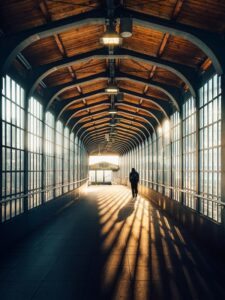
Cinematic city photography: An essential 6-step workflow
In this article, you’ll learn how to read and use light in your home city, choose the right technical settings for low-light scenes, and refine your editing workflow to shape color and atmosphere step by step. In addition, Dominik shares how to find fresh perspectives on familiar locations, five lessons that transformed his photography, and insights on the future of street photography.

Kyle van Bavel (@kylevanbavel): Photographer based in the Netherlands
Kyle van Bavel is a macro photographer with a distinctive, dreamy style that transforms the unseen details of nature into magical worlds. In this article, he shares how his unique vision, shaped by a journey of self-learning and overcoming dyslexia, has become his greatest creative strength.

Inês Preto (@minespreto): Best of the week 20 at #nomadict 2025
Inês is a nature photographer drawn to wild, remote places where weather, wildlife, and mood shape her storytelling. In this article, she shares the behind-the-scenes journey of capturing the Best of the Week image: a puffin trio on the Faroe Islands. She explains how she approached the edit of this image, and shares key lessons she’s learned through experience.
